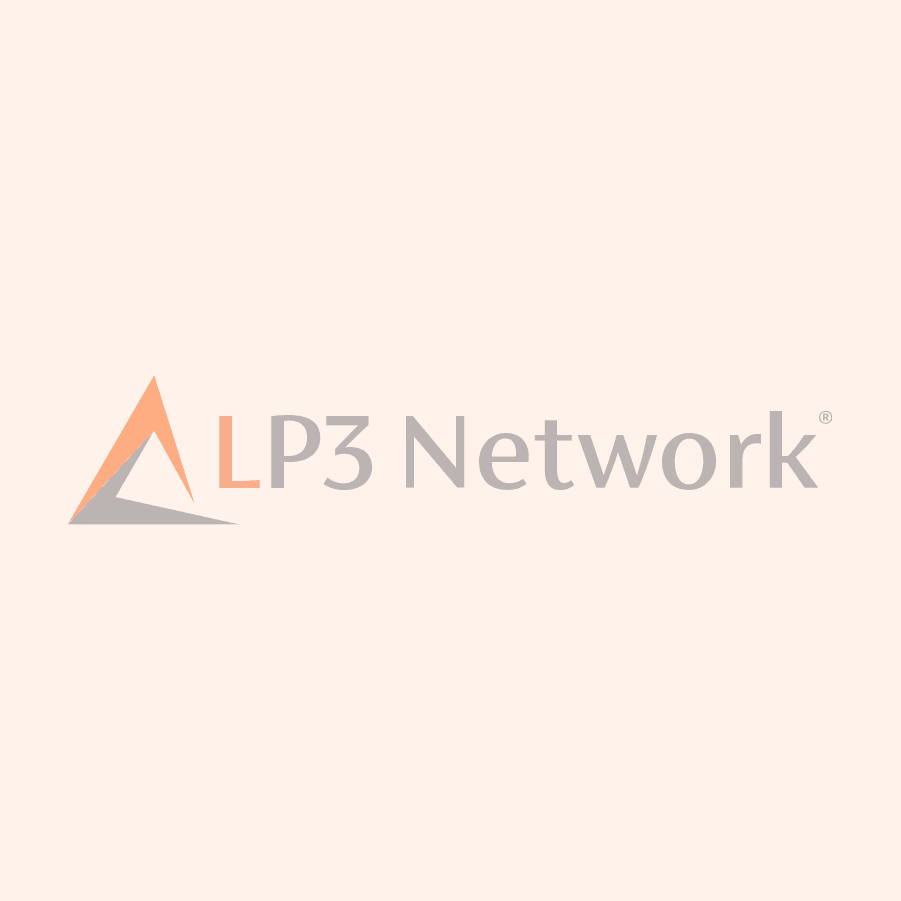
Hazardous Drug Compounding Seminar
This application-based program is designed to take factual information presented in published USP, OSHA, NIOSH, and other healthcare guidelines and provide practical and applicable solutions to achieving compliance and safety within your practice.
COURSE FORMAT
1.5-day live virtual seminar (12 hours) that allows you to connect and interact with peers and the facilitator online, in real time, through open mic Q&A sessions, group discussions, polls, and online chats.
COURSE DESCRIPTION
Are you currently compounding with cyclosporine, estradiol, fluorouracil, phenytoin, progesterone, spironolactone, tacrolimus, testosterone, or any other drug found on the NIOSH List of Antineoplastic and Other Hazardous Drugs? If yes, then you want to comply with USP General Chapter <800> Hazardous Drugs – Handling in Healthcare Settings.
This program takes abstract concepts and makes them tangible and sensible. Participants will not just learn about the theory of facility requirements, they will develop their own facility blueprints and discuss and optimize them as a group. Participants will learn how to assess risk from personnel training & competency, to personal protective equipment (PPE), to drug handling, compounding processes, cleaning & deactivation, use of closed-system transfer devices, engineering controls, storage, and more. Participants will go through applicable scenarios and real-life situations that will shed light on exposure risk and how to correct it. The practical application and implementation of the requirements outlined in USP <800> can be challenging. This training provides you with the resources and insight for transitioning into compliance or maintaining compliance with USP <800>.
INTENDED AUDIENCE
Pharmacists, pharmacy technicians, pharmacy managers, quality assurance officers, and compliance specialists looking for practical and applicable solutions to achieve compliance with USP General Chapter <800> Hazardous Drugs – Handling in Healthcare Settings.
LEARNING OBJECTIVES
PHARMACISTS
- Describe the hazardous compounding regulatory framework and standards of practice, including OSHA, NIOSH and USP <800>.
- Examine the risks of working with hazardous drugs in the pharmacy and healthcare continuum.
- Construct a pharmacy-specific hazardous drug list by assessing the occupational risks associated with hazardous drugs.
- Evaluate the critical strategies required to protect personnel, patients, and the environment when handling hazardous drugs in a healthcare setting.
- Assess hazard communication and training requirements.
- Contrast containment primary engineering controls (C-PECs) and their application.
- Interpret facility design plans for non-sterile and sterile hazardous drug compounding.
- Manage safe handling practices required for hazardous drug handling and compounding.
- Evaluate deactivation and decontamination procedures.
- Select personal protective equipment based on the NIOSH tiered approach.
- Demonstrate donning and doffing procedures.
- Examine the advantages of medical surveillance and environmental monitoring.
PHARMACY TECHNICIANS
- Describe the hazardous compounding regulatory framework and standards of practice, including OSHA, NIOSH and USP <800>.
- List the risks of working with hazardous drugs in the pharmacy and healthcare continuum.
- Construct a pharmacy-specific hazardous drug list by assessing the occupational risks associated with hazardous drugs.
- Outline strategies required to protect personnel, patients, and the environment when handling hazardous drugs in a healthcare setting.
- Recognize the importance of hazard communication and training requirements.
- Describe the different containment primary engineering controls (C-PECs) and their rationale for use.
- Reproduce facility design plans for non-sterile and sterile hazardous drug compounding.
- Outline safe handling practices required for hazardous drug handling and compounding.
- Describe deactivation and decontamination procedures.
- Select personal protective equipment based on the NIOSH tiered approach.
- Demonstrate donning and doffing procedures.
- List the advantages of medical surveillance and environmental monitoring.
TESTIMONIALS
"The instructor has a lot of experience and is very enthusiastic, making the course very enjoyable. I definitely recommend this seminar to my peers. It taught me the skills to develop my practice and I am already applying what I learned!”
Ana Gonzalez | Pharmacist
FINANCIAL SUPPORT
This learning activity has received financial support from MEDISCA Inc. in the form of an educational grant.
COPYRIGHT
This CE Activity is Copyright © 2016-2024 LP3 Network.
